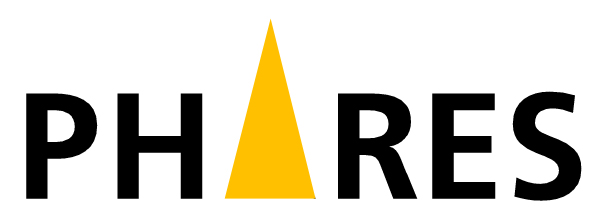|
FROM PAST TO FUTURE - The Obelisk is the oldest monument in Paris (linked to the principal mission of UNESCO). - The pyramidion (ie: the golden cap of the Obelisk) was originally made with the alloy electrum (a word derived from "elektron", root of the modern word "electricity"). Electrum … electricity … light of PHARES. - The Place de la Concorde is where the first test of public lighting in the world happened. - PHARES is a "beacon of headlights" ("phare de phares" in French). It also relates to the pharos of Alexandria (that was one of the 7 wonders of the ancient world). - The Place de la Concorde was the largest urban construction during the Age of Enlightenment. - The Place de la Concorde celebrates the naval expertise of France with the Hôtel de la Marine (Naval Ministry), its fountains celebrating inland and maritime navigation, and its prows of ships (which also evoke the emblem of the City of Paris). - This plaza is also characterized by the flow of cars seeking their way around the central island. With PHARES the notion of headlights that "open a way" echoes with the illuminating and life-saving beam of a lighthouse. - The street Rue Royale separates the Automobile Club of France on the west from the Naval Ministry on the east. So PHARES creates a symbolic bridge between these two universes: the car and the sea. - The most characteristic aspect of this Parisian square is its delimitation by "emptiness" on three sides just as a lighthouse in the sea.
|
1843, First test of public lighting in the world |
|
So, the triptych of criteria for a world heritage site (exemplary nature, universal value, transfer to future generations) is respected.
1849, 1st Birthday of the French Republic - 1998, Football World Cup - 2015, International Year of Light & COP21.
This is not a movie but the gathering of the topographic data accurate to less than 2 mm: a world premiere. |
|






